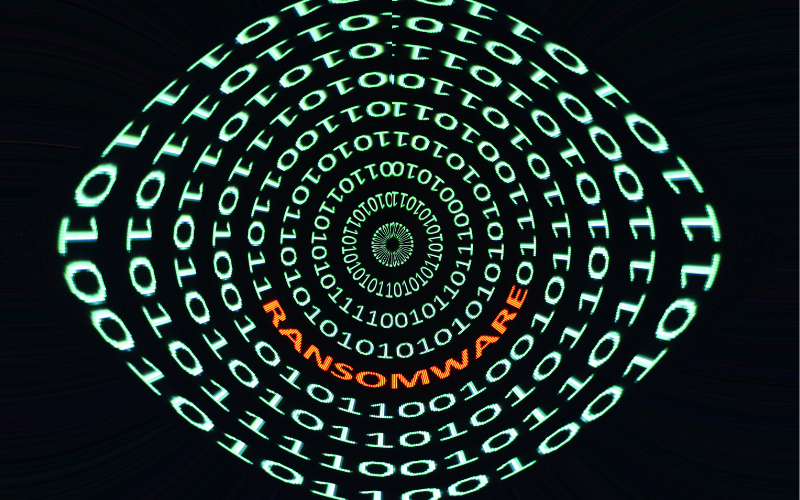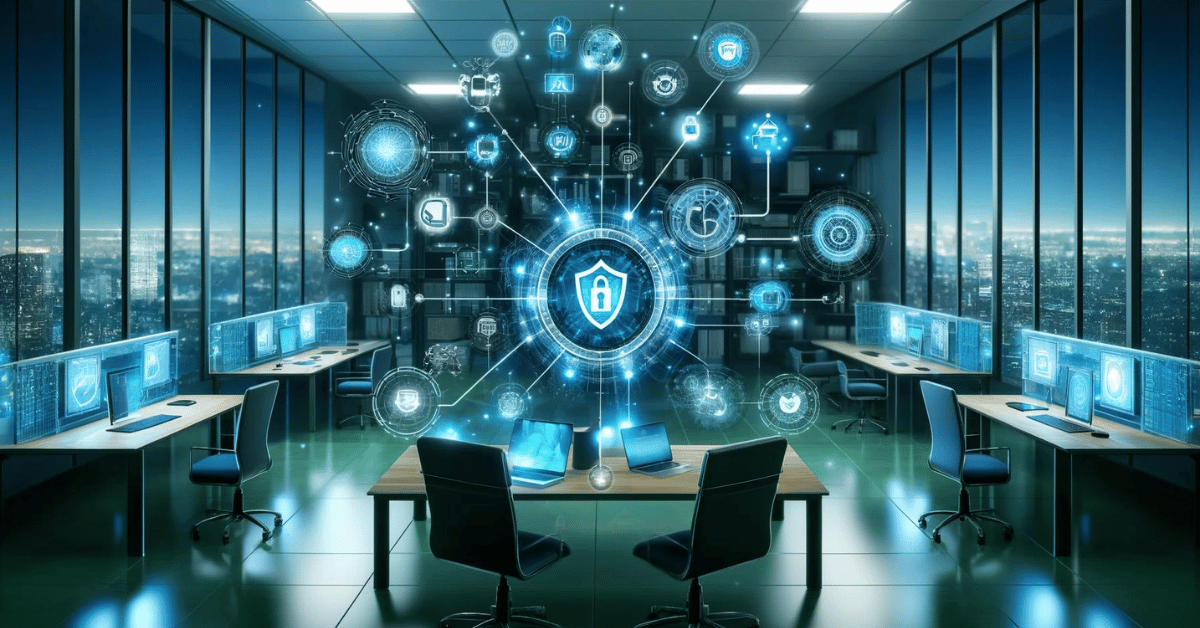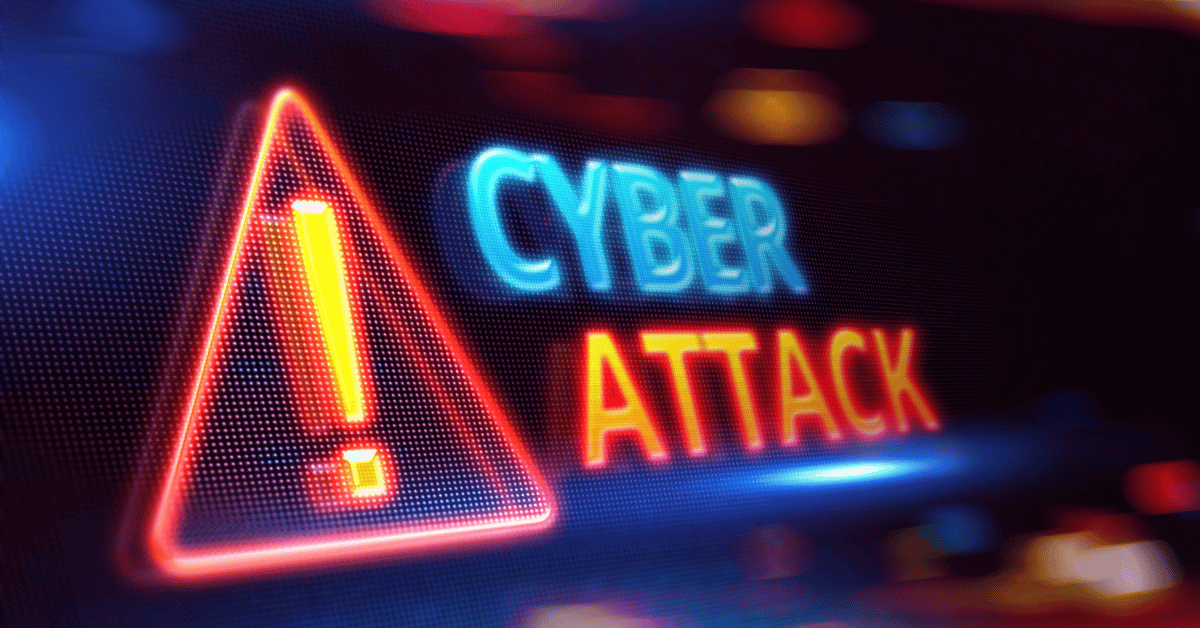Ransomware Recovery for Breached Networks: A Deep Dive Into Data Recovery Across Industries

On a seemingly ordinary day in Curry County, Oregon (April 26, 2023, to be precise), a sheriff’s dispatch discovered a world gone silent and files rendered impenetrable, replaced with cold encryption that barred their way.
This was no ordinary assault; this was an ambush in the form of a meticulously executed ransomware attack. The lifeblood of the county’s daily operations—networks, servers, vital online services—had all been infected, leading to a paralysis that shocked the local community to a standstill.
A daunting reality set in for County Commissioner Brad Alcorn, “Everything’s got to start over… We are essentially starting from scratch.” The enemy behind this devastating cyber onslaught was revealed to be Royal, an infamous ransomware group known for their ruthless precision and escalating global attacks.
The Curry County incident serves as a cautionary tale about the pervasive threats posed by ransomware and the reality of ransomware recovery – ransomware data recovery isn’t always possible. It emphasizes the need for robust and adaptable cybersecurity measures in the face of rapidly evolving digital dangers.
With this in mind, let’s dive deeper into the ever-evolving ransomware landscape and the challenges companies face in recovering their critical data following a cyber attack.
Ransomware Now: A Snapshot
● The Verizon Data Breach Investigations Report 2022 highlights an alarming rise in ransomware attacks during that year, accounting for a quarter of all data breaches.
● Sophos’s report, “The State of Ransomware 2022,” reveals a troubling upward trend: a staggering 66% of organizations fell victim to ransomware in 2021, a surge of 78% from 2020.
● While all industries are at risk, some are more vulnerable than others. Industrial goods and services, technology, construction and materials, travel and leisure, healthcare, education, and government sectors are the top targets of these attacks.
● Cybereason’s survey points out the profound impacts of ransomware on the workforce. It led to layoffs in almost 40% of affected companies and prompted a 35% resignation rate at the executive level. One-third of these businesses had to pause operations temporarily.
● Small businesses are at heightened risk, according to an UpCity study, as only 50% of U.S. small businesses have established cybersecurity measures.
● Ransomware attackers mainly exploit known vulnerabilities in the systems they target.
● Phishing emails serve as the main gateway for ransomware attacks, illustrating the importance of cybersecurity awareness among employees.
These statistics aren’t meant to be alarmist but rather drive home the unquestionable and dire threat ransomware attacks pose in 2023. Because while it’s true that ransomware attacks are nothing new, they are evolving – they’re more frequent, sophisticated, and severe than in previous years.
It’s essential to understand this point. You’re more likely to fall victim to a ransomware attack today and, equally, more likely to need to navigate ransomware data recovery.
Ransomware Attacks & Recovery Across Industries
Ransomware data recovery is a gamble. It hinges on the decryption key that the hacker might provide post-payment. But there’s no guarantee. Hackers can disappear after payment, leaving data forever locked. Worse still, some malware strains irreversibly damage or delete files during the encryption process. Additionally, if backups (your route to self-recovery) are infected or nonexistent, data loss is almost inevitable.
The best way to understand the process and effects of these attacks is to look at some high-profile attacks more closely.
Government and Public Services
Oakland Attack: In late April, a ransomware attack struck Oakland, crippling the city’s email systems, phone lines, and some websites. While the attack didn’t touch emergency services, it substantially disrupted non-emergency ones. The city kept the ransom demand under wraps and refused to pay. Instead, they collaborated with law enforcement and cybersecurity professionals to investigate the attack and restore systems. The city also cautioned residents to watch for scams and phishing attempts stemming from the attack .
Dallas Attack: Dallas found itself grappling with the aftermath of a ransomware attack by the Royal ransomware gang. The attack severely disrupted systems running police, fire department, courts, and critical infrastructure operations. For two weeks, the city engaged in a massive recovery effort. Police officers reverted to handwritten notes, while firefighters entered dangerous scenarios without the usual digital dispatch information. Following criticism, the city restored some dispatch systems, albeit with notable delays. As the city’s chief information security officer Brian Gardner noted, the city would “be working at this for weeks and months to do all the clean up.”
Education
In 2020, a ransomware attack hit Baltimore County Public Schools (BCPS). The school, with 115,000 students, described it as a “catastrophic attack on our technology system.” The cause? An error by a contractor, says a report by Maryland’s Office of the Inspector General for Education.
The attack closed the school for two days in November and costs exceeded $9.6 million. The report suggests the school’s IT division failed to protect sensitive data and ignored audit recommendations. Critically, a phishing email went unnoticed for 15 days. A staffer received it and contacted tech support, who unknowingly released malware into the network. The antivirus couldn’t detect this malware and it stealthily disabled network functions, facilitating the attack.
Regarding ransomware data recovery, the FBI recommended that BCPS refrain from sharing information about the attack during and after the investigation as a security measure. However, the Office of the Inspector General for Education’s report commended the school for its prompt and comprehensive recovery actions. The measures implemented have been lauded as a leading example of cyber defense across the nation.
We do know that BCPS transitioned its database servers to an encrypted cloud environment, departing from their previous on-premise setup. This shift was a critical step in safeguarding against future cyber threats. The school also addressed earlier technology infrastructure needs identified in the Superintendent’s proposed operating budget. While initial requests for these improvements weren’t funded, the school’s response to the cyberattack ultimately accelerated its technology infrastructure upgrades.
Healthcare
The healthcare industry is a prime target for ransomware attacks due to the sensitive and highly lucrative data they store. Here are some recent healthcare ransomware attacks.
Morris Hospital: Morris Hospital & Healthcare Centers in Illinois faced a significant cyberattack on May 22, 2023. The Royal ransomware group, the same group behind the Curry Country attack, claimed responsibility. As part of ransomware recovery efforts, Morris brought in experts to investigate and check patient data exposure. They found that their primary medical record system was safe, but a network storing patient data was compromised. Luckily, already pre-installed security measures helped lessen the attack’s damage. The hospital promised to keep patients and the public updated.
Norton Healthcare: On May 9, 2023, Norton Healthcare in Kentucky suffered a cybersecurity hit. They regained control of their network but shifted to manual data recording to maintain patient care during the ransomware data recovery period. The attack led to delays in services like medical imaging and lab test results and also caused a backlog in patient portal messages.
Tennessee Orthopedic Clinics: Tennessee Orthopedic Clinics experienced a security breach between March 20 and March 24, 2023. The intrusion threatened patient information, including names, contact details, and health records. The clinic engaged experts for a thorough investigation and has since implemented more robust security measures to prevent future breaches. The number of affected patients remains unclear, but the clinic has informed the HHS’ Office for Civil Rights about the incident.
Industrial and Manufacturing
In 2020, Advantech, a prominent IoT manufacturer based in Taiwan, fell victim to a significant ransomware attack. The first indication of the breach came when the company received a ransom demand for a staggering 750 bitcoins, roughly equivalent to $14 million at the time.
The attackers offered a chilling proposition: pay up, and they would delete all stolen data and restore the encrypted systems. To further intimidate Advantech, the criminals published over 3GB of data on their leak site, claiming that this was a mere two percent of the total data they had exfiltrated.
Despite the apparent pressure, Advantech remained tight-lipped about whether the ransom was ultimately paid. Instead, the company emphasized its efforts toward recovery and reassured stakeholders that operations were gradually returning to normal. The company rolled out a variety of new detection and protection strategies, along with response actions to curtail the risks of similar attacks in the future .
This attack is highly significant because according to a Dragos report, ransomware attacks on industrial firms rose 87% in 2022 .
How Does Ransomware Removal Work?
Okay, let’s say ransomware locks up your systems. What next?
Ransomware removal is an intricate process that requires a comprehensive, step-by-step approach. When carried out correctly, it can mitigate the damage inflicted and ensure the safety of your system in the future.
Step 1: Disconnect the affected computer from the network or internet. This is paramount as it prevents further propagation of the ransomware and limits any potential damage to other systems within the network. The disconnection isolates the ransomware, containing it within the infected device.
Step 2: Identifying the specific type and variant of the ransomware. This is a critical part of the process, as different types of ransomware require other removal methods. Understanding the specific ransomware variant helps to determine the most effective approach for removal and can guide the selection of appropriate anti-malware tools or procedures.
Step 3: Utilize anti-malware or antivirus software to scrutinize the infected computer and eliminate the ransomware. It’s important to note that the efficacy of these software tools may vary based on the sophistication of the ransomware. Some advanced forms of ransomware may resist automated removal, necessitating manual intervention for their complete eradication.
Step 4: If backups of your files are available, you should use them to restore encrypted files. It’s essential, however, to ensure that the backup itself is clean and not infected with the ransomware before proceeding. A compromised backup can reintroduce the ransomware, undoing all previous removal efforts.
Step 5: In situations where a backup is not accessible or if the encrypted files cannot be restored, you may have to consider using a decryption tool, provided one is available. Note that decryption tools are ransomware-specific and may not exist for all variants. Their success rate also varies, and they might not always be able to decrypt your files.
Step 6: After successful ransomware removal and file restoration, ensure that your operating system, software applications, and security software are fully updated. Installing the latest patches and updates enhances your system’s resistance against potential future attacks. Regular updating is an integral part of maintaining a robust defense against ransomware and other forms of malware.
Strategies for Improving Chances of Data Recovery Following a Ransomware Attack
Of course, the best strategy is to not fall victim to a ransomware attack to begin with. Of course, this isn’t always possible. However, there are steps you can take that either reduce the likelihood of falling victim or increase your chances of ransomware data recovery following an attack:
- Maintain Regular Backups: Regularly back up all critical data and ensure the backups are stored offsite or on a separate network, inaccessible to the infected systems.
- Implement a Disaster Recovery Plan (DRP): Develop a comprehensive disaster recovery plan which outlines all steps to take in the event of a ransomware attack, including restoring backups and securing compromised systems.
- Encrypt Sensitive Data: Encryption of sensitive data can help to protect it even if attackers gain access to the network.
- Train Employees: Regularly conduct cybersecurity training to reduce the risk of phishing attacks, a common vector for ransomware.
- Update and Patch Systems: Keep all systems updated with the latest patches to minimize vulnerabilities that ransomware might exploit.
- Monitor Network Activity: Implement network monitoring to detect unusual activity that might signal a ransomware infection.
- Use Robust Antivirus Software: Install and maintain a reliable antivirus program to help identify and remove potential threats.
- Implement Multi-factor Authentication (MFA): MFA can help secure systems and make unauthorized access more difficult.
It’s primarily advised to seek professional advice for proper setup and maintenance of security measures, and include them in any recovery process. As always, in the event of a ransomware attack it’s critical to immediately inform local law enforcement and report to appropriate cybercrime units.
Remember, prevention is always better than recovery when it comes to ransomware attacks. Regular reviews of cybersecurity measures and updates to the disaster recovery plan can help to improve response time and effectiveness if an attack does occur.
Final Thoughts
Ransomware attacks pose a grave and escalating threat across various industries, causing extensive damage to data and networks. With this in mind, robust, systematic recovery efforts are not just beneficial but crucial. Proper understanding and implementation of these efforts can significantly mitigate the destructive impact and help maintain the integrity of critical data and systems.
Try Portnox Cloud for Free Today
Gain access to all of Portnox's powerful zero trust access control free capabilities for 30 days!








